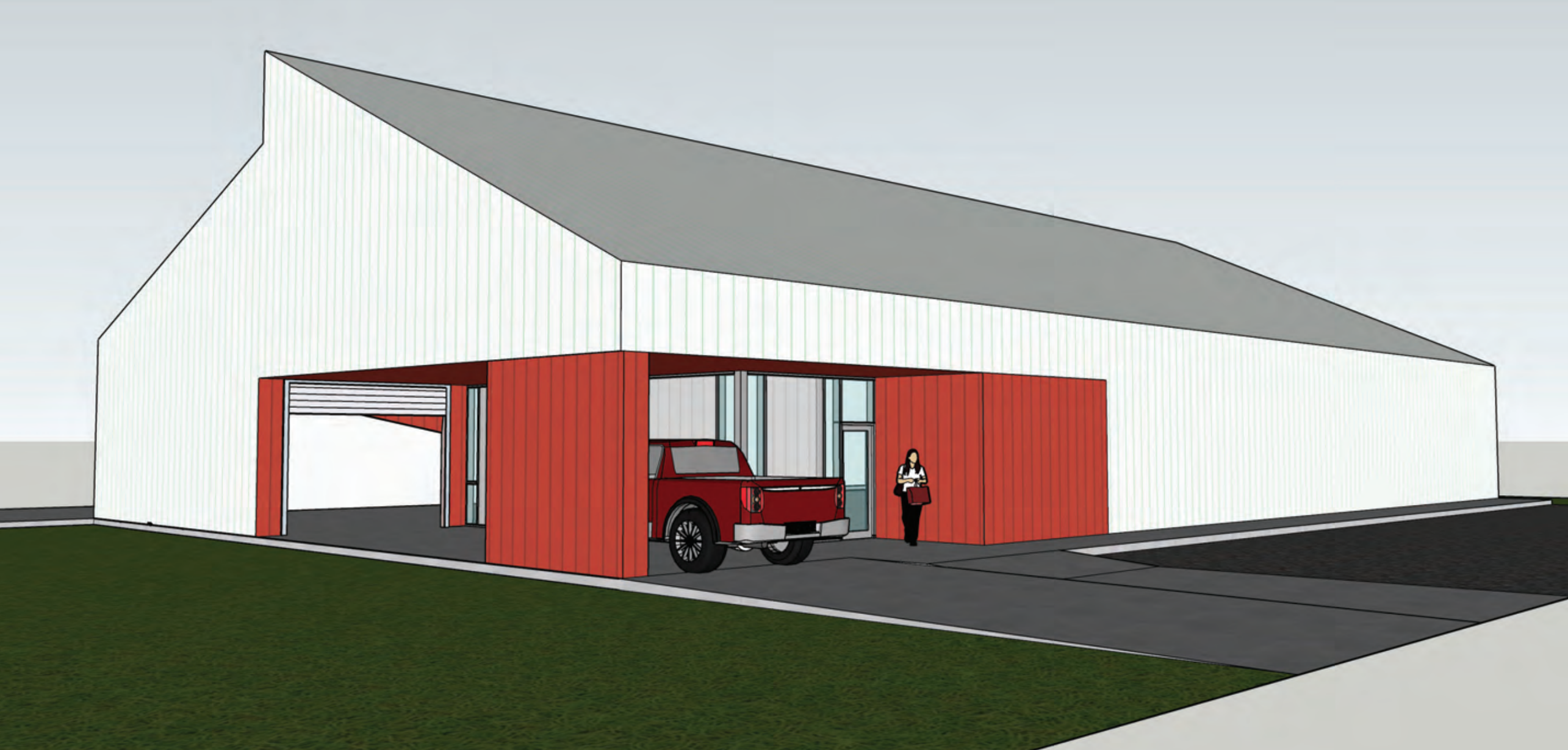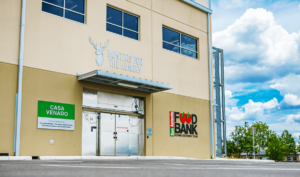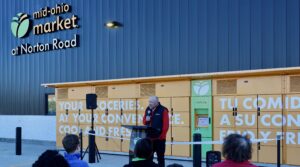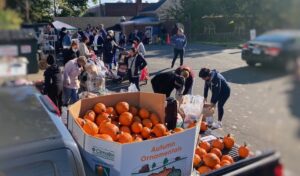Food banks serving far-flung rural populations may soon have a friend in John Kane.
The Houston-based philanthropist and former materials engineer is hatching a visionary plan that would fund, build and open about 100 warehouses across the country, all aimed at providing logistics help for organizations that distribute food in rural communities.
While much has been made of the “last-mile” difficulties related to getting food from the government-supported federal food box program into the hands of people who need it, Kane’s plan targets the other side of the supply chain.

“We’re working on the first mile,” Kane said.
That first mile often begins with farmers who have tons of nutritious crops in their fields that won’t make it to market for one reason or another. Small farmers in particular are open to donating truckloads of unsalable produce to charitable organizations.
The problem is that there’s often nowhere to bring the food. The typical pantry usually does not have the capacity to store anything close to a truckload of food, especially if it needs to be refrigerated.
“They’ll want you to send two pallets today, then two more next week,” Kane said. “That’s a very expensive way to do business.”
Kane’s solution, called Warehouses4Good, would strategically build warehouses at least 60 miles away from existing food bank distribution centers. Of the nation’s nearly 3,200 counties, he has identified about 1,500 that are partially or completely outside a 60-mile radius of the closest food bank warehouse.
Of those 1,500 counties, 500 to 600 have high levels of food insecurity. Figuring that a single warehouse could serve the needs of two to five contiguous counties, Kane is planning for a network of 100 to 120 warehouses to help serve hard-to-reach food-insecure populations across the country.
“We see ourselves as a philanthropic warehouse developer,” Kane said.
The warehouses are expected to be about the size and complexity of a Walgreens or CVS drugstore and include dry storage space, cooling and freezer units, as well as community meeting spaces. Kane expects to open three by the end of 2021, and add ten to 12 per year for several years after that.
Warehouses4Good meets an emerging need food banks have for buildings with storage, workspace and temperature control as they increasingly seek to distribute fresher and healthier produce. In addition to storing farm-produced food, the warehouses would serve as meeting places for volunteers to perform work, like filling backpacks for kids or creating value-added products like salad kits. “These people are already in place, they just don’t have the space to work,” Kane explained.
Ideally, other entities would be motivated to take advantage of the steady supply of local food coming in through the warehouses, perhaps by building nearby operations for canning or flash freezing. “Enabling new organizations would be a great thing for us,” Kane noted.
Problems related to first-mile delivery are not limited to rural areas. In Essex County, NJ, an organization that supports 20 food pantries, Meeting Essential Needs with Dignity or MEND,* is all too familiar with the storage pressures on food pantries.
“A lot of pantries want to say yes to donations, but they don’t have the facilities to store anything,” said Robin Peacock, Executive Director of MEND. “All of that food support has to come in exactly when they’re open and in the quantities that they need, which is hard to make work.”
Acquiring a 4,000-square-foot warehouse this summer was a game-changer for MEND. The warehouse lets it house fresh food just long enough to then quickly send to one of its 20 pantries. “It’s made a huge difference, especially with Covid,” Peacock said. Without the warehouse, “most of our pantries would not have been able to accept boxes of fresh food.”
Warehouses4Good envisions charging pantries a nominal amount for using its storage space. Pantries would pay by the pallet or a monthly fee, either way amounting to about $50 per month. Kane expects to be able to keep fees low by meeting capital costs through grant funding and operating costs via volunteer labor.
While the grant funding is still forthcoming, Kane has good reason to expect he’ll be successful. His most recent endeavor, started in 2006, was to co-found Rescue Bank, a thriving logistics nonprofit that collects donated pet food and distributes it to animal welfare groups. The effort sprang out of Kane’s efforts to aid pets following Hurricane Katrina in New Orleans and has since grown to encompass about 30 contracted warehouses nationwide.
Moving from helping rescued pets to helping food-insecure people is a natural progression, given that the underlying problems are the same. “Invariably it comes back to storage space,” Kane said. “It’s bad enough on the pet side, but it’s terrible on the human side.”
*Chris Costanzo, Editor of Food Bank News, is also a board member of MEND.
CAPTION ABOVE: An architect’s rendering of one of the Warehouse4Good warehouses.
Like what you’re reading?
Support Food Bank News








